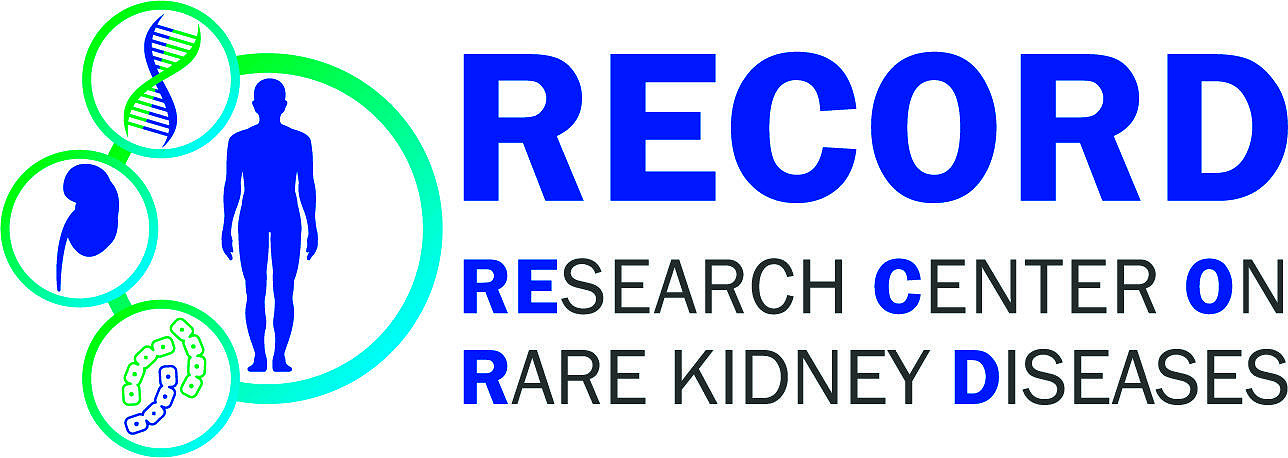 Molecular genetic causes of hereditary tubulointerstitial kidney diseases
Molecular genetic causes of hereditary tubulointerstitial kidney diseases
Wissenschaftliches Arbeitsprogramm (Abstract)
A particularly difficult group of diseases to diagnose,are the Autosomal Dominant Tubulointerstitial Kidney Diseases (ADTKD). To date, mutations in one of at least five genes have been identified (MUC1, UMOD, HNF1B, REN, SEC61A1), which lead to end-stage renal disease (ESRD) usually in mid adulthood. Families where no mutation can be found, yet the suspicion of ADTKD is prompted, are termed ADTKD-NOS (not otherwise specified) (Eckardt et al. 2015).
In a previous study we evaluated the ADTKD-registry of the group of Professor Wiesener. 30 families were found to have a diagnostic mutation in one of the five previously mentioned genes. 15 families respectively, were left without molecular diagnosis and are the focus of the study. Furthermore, we established a novel diagnostic approach for genetic kidney diseases in general and for ADTKD, specifically. With a step-wise approach we first evaluated 560 renal candidate genes (here termed nephrome) in each family, resulting in the detection of the molecular genetic diagnosis in 9 of the 15 families. In the remaining 6 families we performed exome sequencing, where promising novel renal candidate genes were identified.
Within the scope of this new project, we plan to evaluate the pathogenicity of these novel candidate genes. We use primary cells as a model to study the effects of the identified genetic variants in affected individuals. Amongst these, we already obtained primary cells from the skin (fibroblasts) and from the urine (human urinary primary tubular cells; huPTC) of affected individuals. Furthermore, several other promising models (i.e. zebrafish / mouse model) will be considered after receiving data from the cell culture model.
In addition, we detected several mutations in COL4A5, which previously have been reported to several databases (ClinVar, gnomAD). However, functional data especially on protein level are still missing. Preliminary immunostainings of several sections from skin and kidney biopsies drew our attention to the composition of the collagen 4 protein in several tissues of individuals affected by mutations in COL4 genes.
